Introduction
Yes, dogs can eat carob. In fact, carob makes an excellent chocolate substitute. Namely, since dogs cannot enjoy triple chocolate cookies, you can make dog-friendly carob cookies – a great piece of news for chocolate-loving pups.
Harvested from the carob tree (Ceratonia siliqua), the carob is a popular fruit with a nutty and mildly sweet flavor. Most dogs love the unique taste of carob. Plus, carob adds several health benefits to the table. And, it is readily available and easy to use.
Why is Carob Good for Dogs?
Carob is loaded with some health-boosting nutrients. Plus, unlike chocolate, it is free from caffeine and theobromine, this being perfectly safe for our canine friends. Let’s take a closer look at the nutrients and health benefits of carob for dogs.
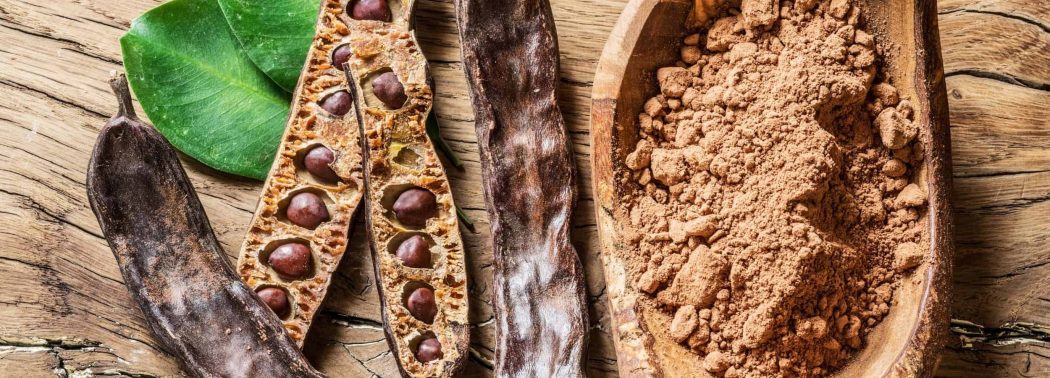
Good Protein Source
Carob has a good amount of protein. As carnivores, animal-based proteins are paramount for dogs. However, the carob’s protein content can make an excellent addition to the overall protein intake.
Antioxidant Boost
Carob contains high levels of antioxidants. Antioxidants fight off free radicals and prevent oxidative damage. This is particularly beneficial as oxidative damage is linked with an increased risk of cancer.
Rich in Fiber
As a bean family member, carob is loaded with dietary fiber. Dietary fibers are critical for a healthy gut and normal bowel movements. They also help keep the blood sugar and blood cholesterol levels within normal ranges and support cardiovascular health. Plus, fibers enhance calcium absorption.
Low in Fat and Sugar
Carob is an excellent choice if your dog needs weight management. Namely, carob is extra low in fat and sugars. Plus, it has a low glycemic index and does not cause blood sugar spikes. In more practical terms, carob is safe for dogs with diabetes.
Gluten-Free Treat
One of the biggest perks of gluten is that it is gluten-free. Gluten sensitivities and allergies are not particularly common in dogs, but they are definitely possible and therefore worth mentioning.
High in Calcium
One tablespoon of carob contains 21 grams of calcium – which is twice the amount of calcium in cocoa. Plus, unlike cocoa, it does not contain the harmful form of calcium oxalate. Calcium plays several roles in the dog’s body, and maintaining strong bones is among the most important ones.
Versatile Mineral Profile
In addition to being rich in calcium, carob contains ample amounts of other minerals such as iron, magnesium, potassium, manganese, copper, zinc, and selenium. These minerals serve various purposes and are critical for optimal health and wellbeing.
B-Complex Vitamins
Carob is high in B-complex vitamins, especially B2 (riboflavin), B3 (niacin), and B6 (pyridoxine). Riboflavin is essential for fat and protein metabolism and the formation of certain coenzymes. Niacin boosts brain health, manages cholesterol levels, and may ease arthritis. Finally, pyridoxine fuels the nervous system and strengthens the dog’s immunity.
Loaded with Vitamin A
Carob is particularly rich in vitamin A. Vitamin A has several functions in the body, including supporting eye health and boosting vision, ensuring reproductive health, and acting as an antioxidant.
Tyramine-Free Bean
Tyramine is a by-product of the amino acid tyrosine. Human studies suggest that this product is linked with an increased risk of headaches and migraines. Although this effect is not proven in dogs, it is safe to assume that the mechanism of action would be similar.
Can Carob be Bad for Dogs?
Yes, carob can definitely be bad for dogs. Simply put, any human food that is not part of the dog’s natural diet can be risky if misused – given in large amounts or too frequently.
So, before making carob a regular addition to your dog’s food bowl, consider the possible risks. Here are the reasons carob can be bad for dogs.
Stomach Upset
As you already know, dogs have sensitive tummies. Although the carob is mild and stomach-soothing, excess amounts may wreak havoc on the digestive tract. The telltale signs would include vomiting, diarrhea, and loss of appetite.
Carob Allergies
Carob allergies are not widespread but possible. Namely, human studies have shown that people with nut and legume allergies are at a higher than average risk of being allergic to carob.
Choking and irritation
Depending on the carob form you are using, a dog may get hurt because of its voracious appetite. Namely, choking is a plausible scenario if using carob chips and carob powder irritates the upper respiratory system if accidentally inhaled.
How Much Carob Can my Dog Eat?
Carob is a treat and cannot make up for more than 10% of the dog’s daily food intake. In practice, if using carob chips, you can give two or three pieces to a medium-sized dog.
When serving carob for the first time, it is advisable to start smaller and then gradually increase the size of the serving portion as your dog gets used to the new food on its menu.
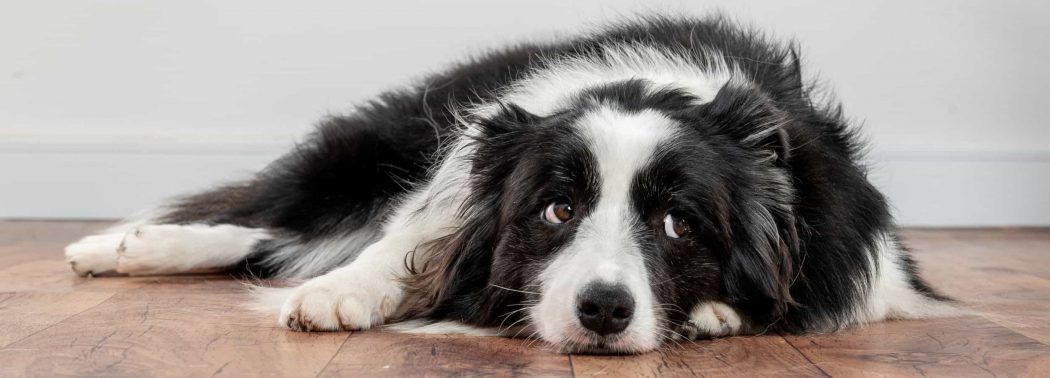
How to Prepare and Serve Carob for Your Dog?
Carob comes in several forms, including powder, chips, syrup, extract, and dietary pills. When it comes to serving carob to your dog, it is best to stick to the powder and chips forms.
The other forms (syrups, extracts, and pills) can be too intense for dogs or contain added ingredients that are potentially harmful.
The carob powder is usually used when baking dog-friendly goods (cookies and treats), while the carob chips can be incorporated into other foods or used alone as tasty treats.
Summary
All in all, carob is safe for dogs, and when used responsibly, it comes with various health benefits. As a versatile ingredient, carob can be used in many ways and in different dog-friendly foods and meals.
It goes without saying that carob is not on the dog’s natural food pyramid, meaning it must be used as a treat – in small amounts and occasionally. Do not forget that dogs are carnivores and require meat-based diets.
Sources
- Carob, Wikipedia
- Oxalates (Soluble) Poisoning in Dogs, Wag Walking, 2020
- Tyramine, National Headache Foundation
- Chronic Desensitization to Quinolones in Fixed Drug Eruption, R García Rodríguez, PA Galindo Bonilla, FJ Feo Brito, E Gómez Torrijos, 2011
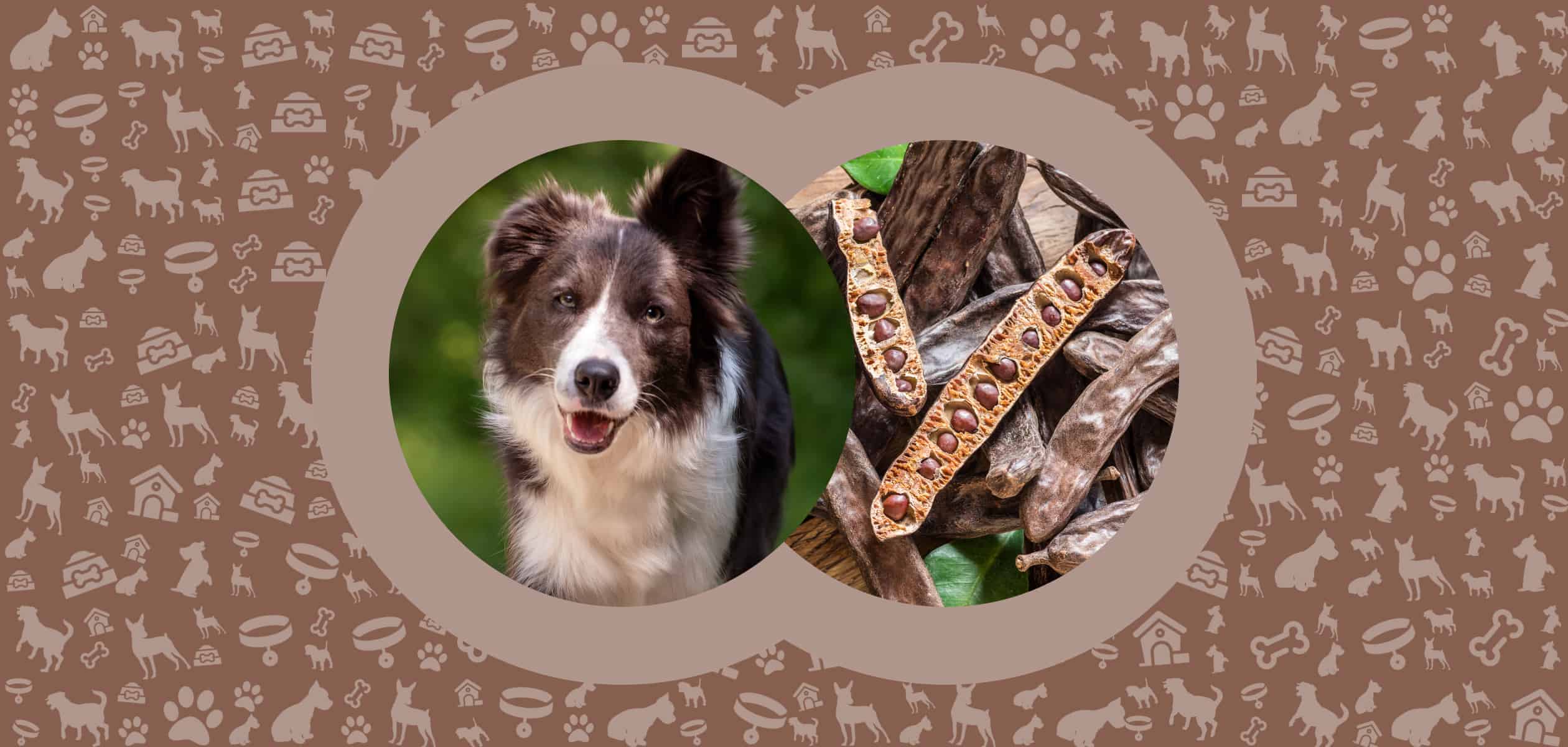
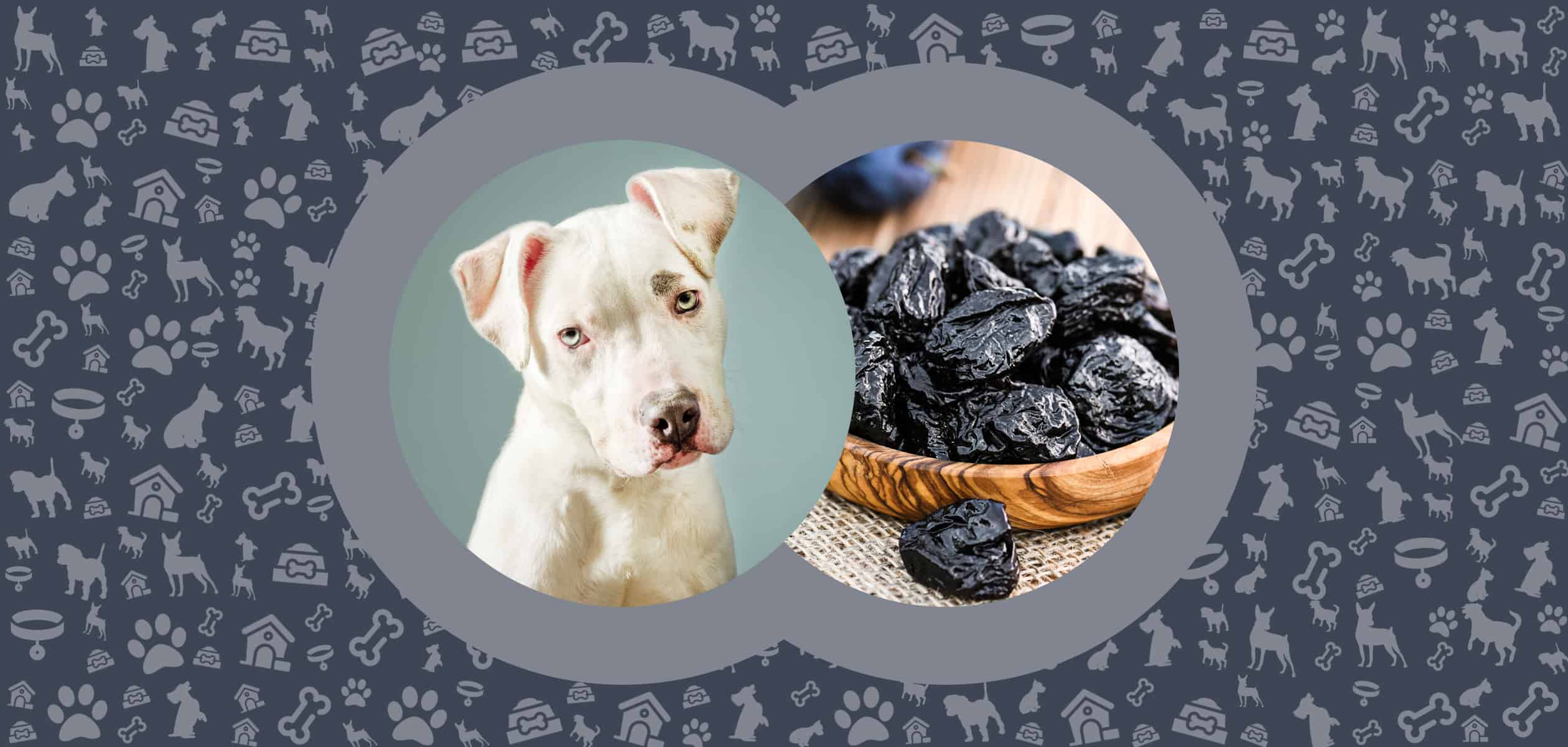
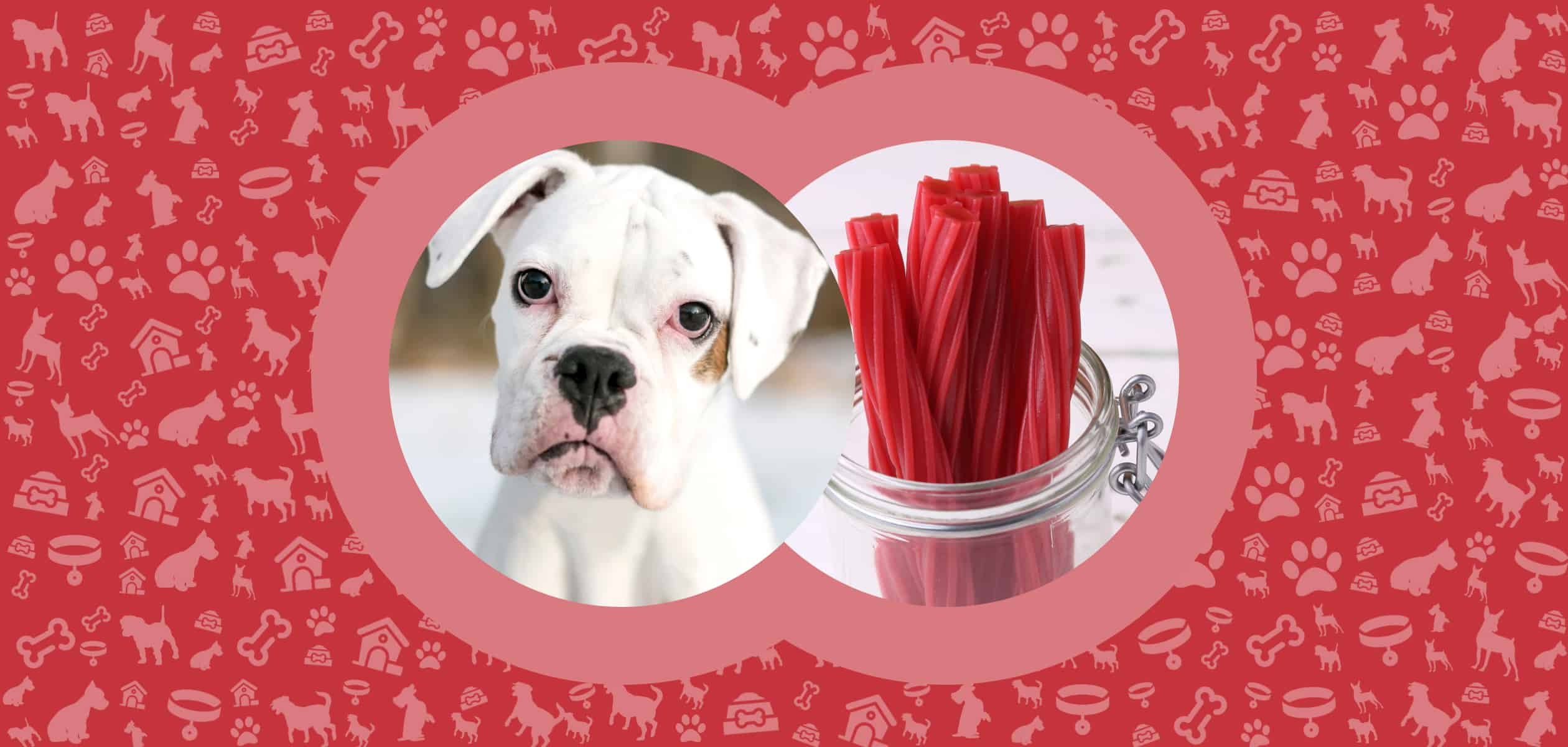
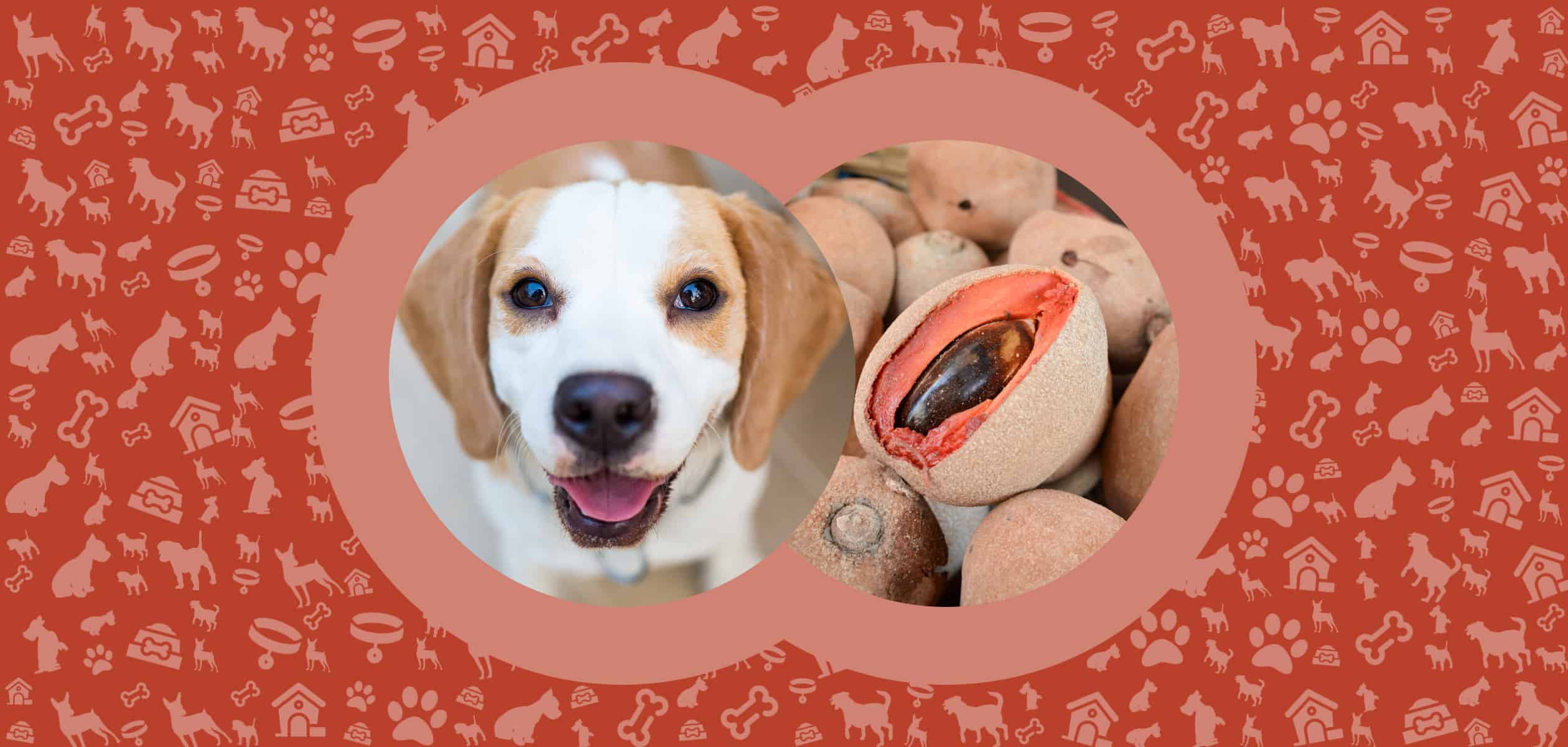
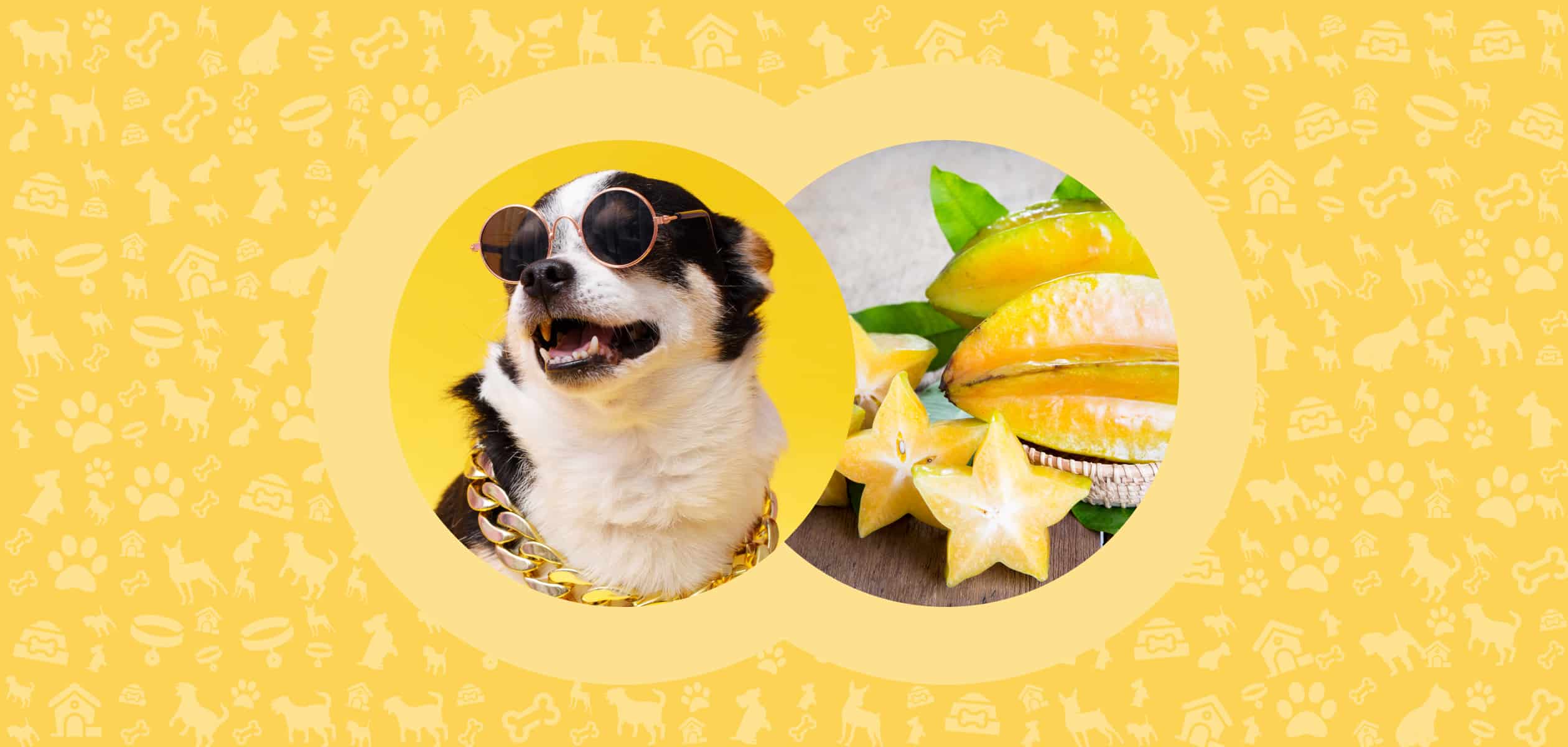
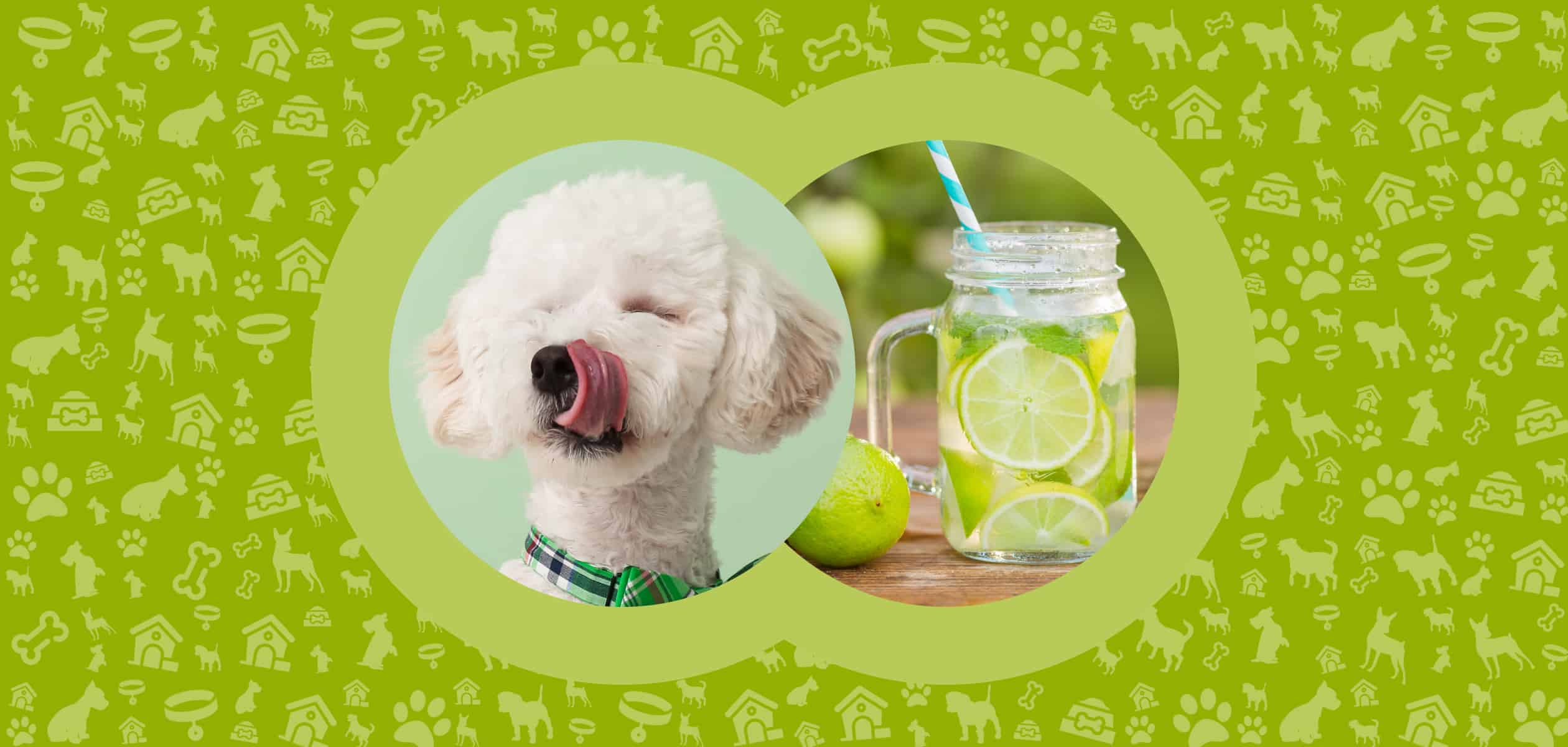
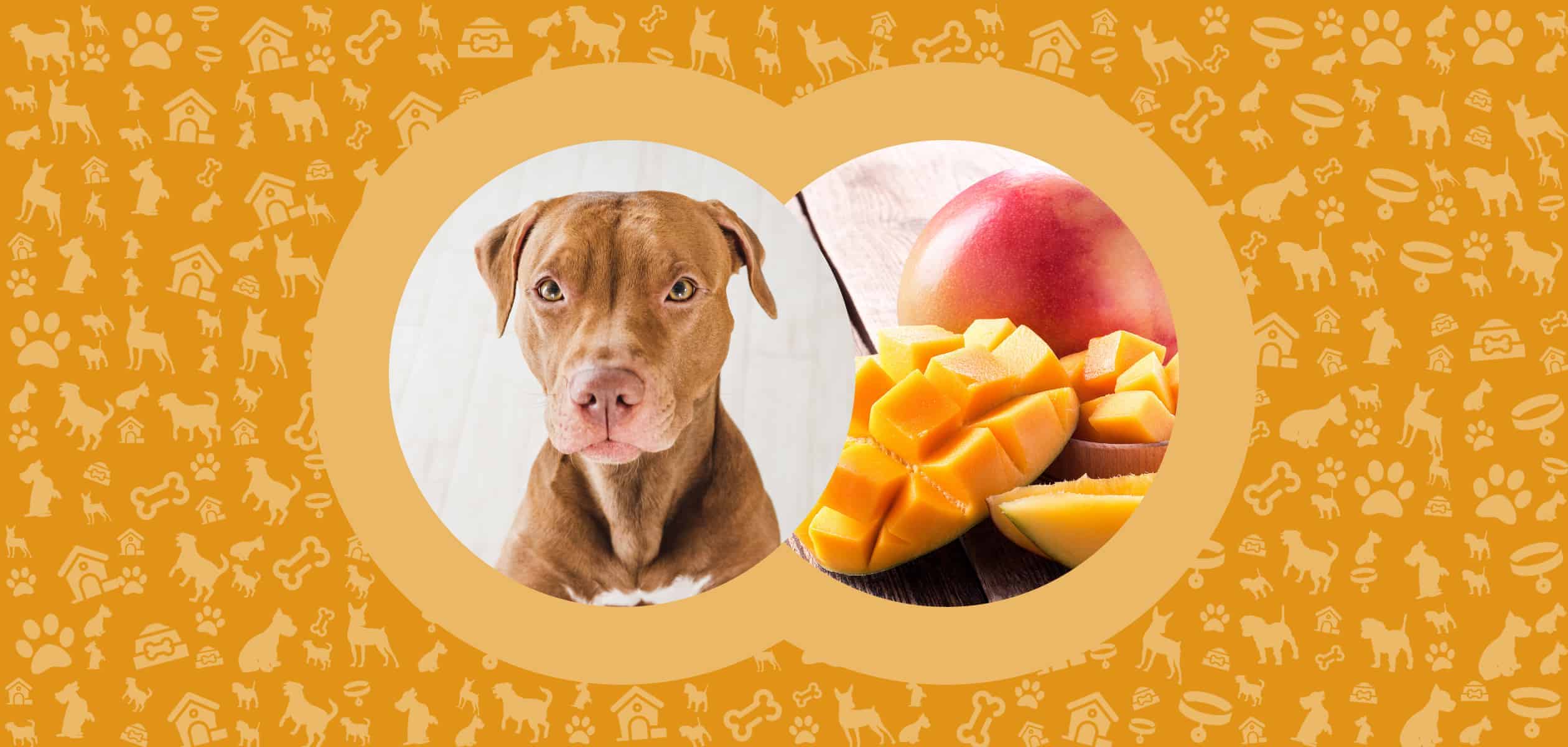
Leave a Comment